He left very young for Venice, where he became a pupil of Antonio Zanchi. In 1678 he left for Rome where he spent his entire career. He was quickly employed by Cardinal Flavio Chigi, for whom he executed, among other works, two altarpieces for the cathedral of Siena, Christ between Saint Philip and Saint James, in 1687 and The Martyrdom of the Four Crowned Saints in 16882. His mentor in Rome is the Venetian cardinal Pietro Ottoboni, nephew of Alexander VIII, leading figure of the Academy of Arcadia, and one of the most important patrons of the moment, who protects the young Filippo Juvarra and some composers like Arcangelo Corelli, Alexandre Scarlatti and Georg Friedrich Händel. Trevisani was officially admitted to the Academy in 1712 and adopted its ideals. He went beyond baroque trends for simplified compositions, a more sober expression of feelings, delicate tones and a more functional use of light intended to serve representation.
In Rome, he became one of the most important artists who continued in the wake of Carlo Maratta. In the years, 1690-1700, he devoted himself above all to the art of miniature, 1 but it should be noted among the most important works of his career, the two canvases for the Church of Santa Cristina de Bolsena, Miracle of the corporal, 1699 and Nativity of the Virgin in 1704, as well as The Death of Saint Joseph, in 1712-1713 in Saint Ignatius, and the paintings for the chapel of Blessed Lucia di Narni, in the cathedral of Narni, in 1712-1715 . Moreover, his activity as a portrait painter served as an example for Pompeo Batoni.
On the theme of the painting:
Mary of Magdala is a former patient, suffering from possession, whom Jesus healed by bringing out of her "seven demons". Two days after Passover, at dawn, after the Shabbat rest, Mary is accompanied by a group of women. She goes to the tomb of Christ and sees that the stone has been removed. The tomb is empty. What happened? She alerts Simon and Jean who leave her alone, in tears, in the funeral garden. Two angels question him, then a figure arrives. "Woman, why are you crying? Who are you looking for?" And then "Marie?" At the sound of that voice, she recognizes Christ. "Rabbanou" she says in Hebrew [our master], then comes the scene painted by Correggio: she would like to touch him to ensure his existence, but he rejects her. "Don't touch me," he said.
Christ is no longer a man, but he is not yet a God. It stands in the garden of Golgotha.
Bibliography: Franck R Di Frederico, Trevisani, eigrheen century painters in Rome, Washington 1977
A painting on the same subject but of smaller dimensions in the catalog of paintings by the late S.A.S Monseigneur de Carignan 1743.


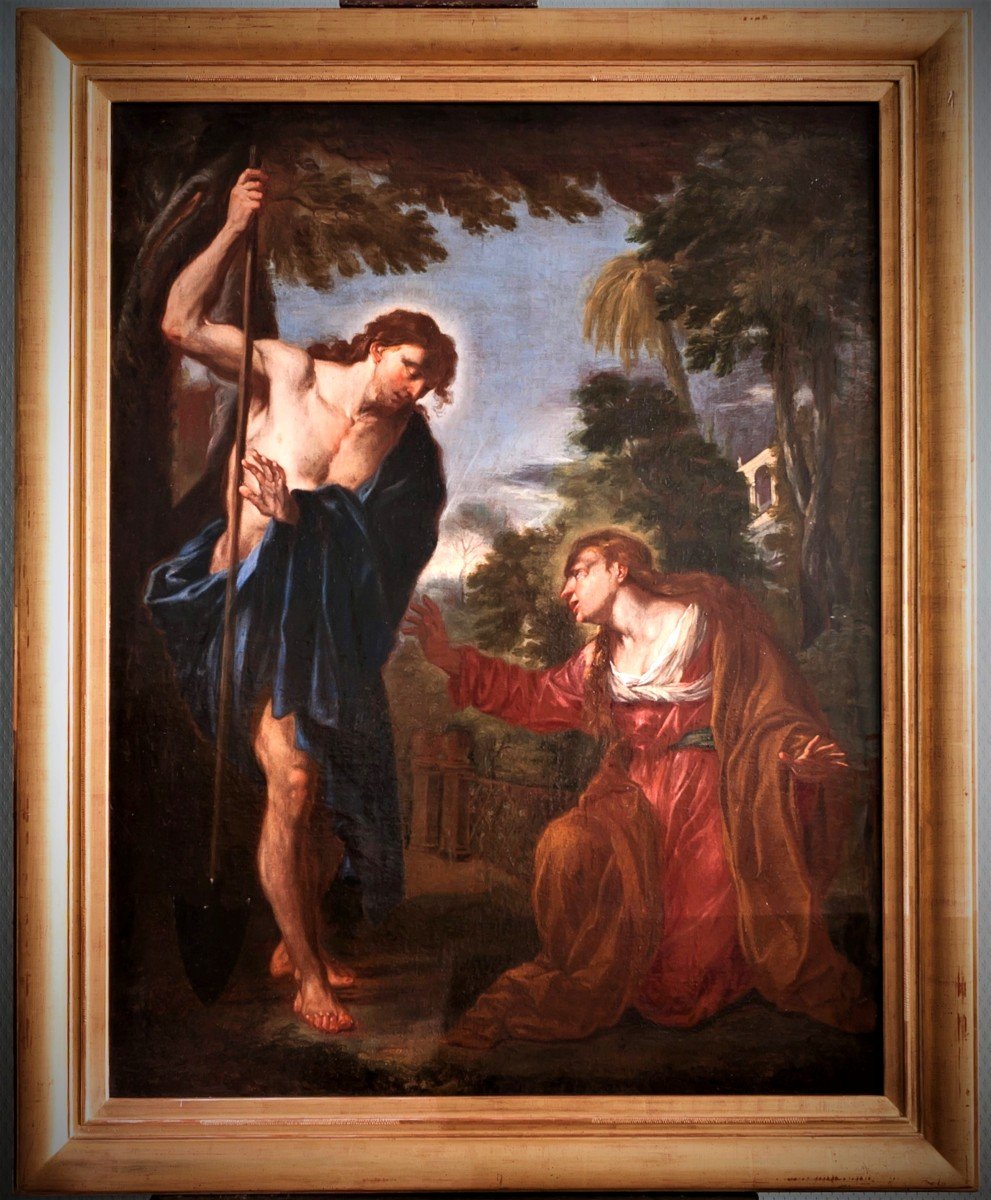
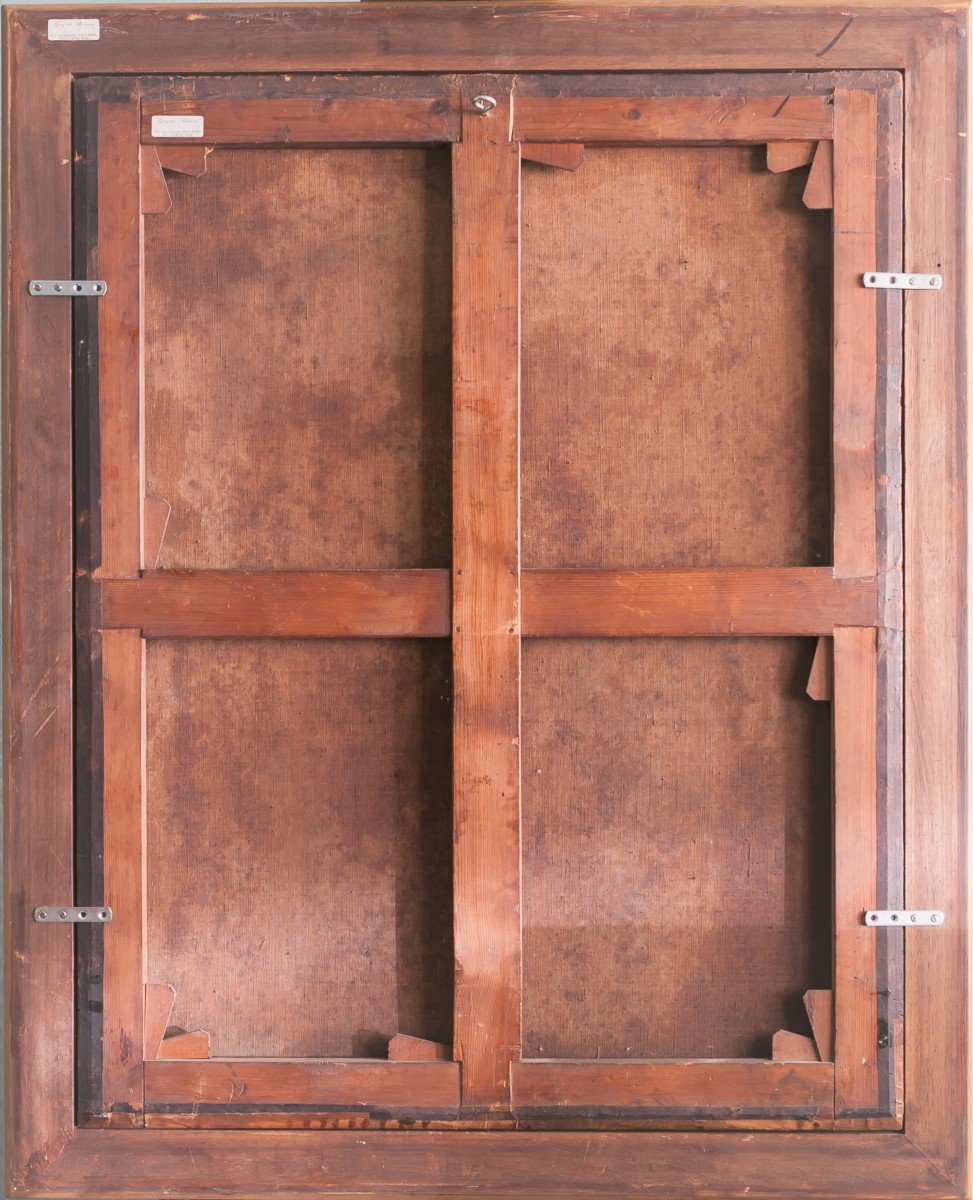



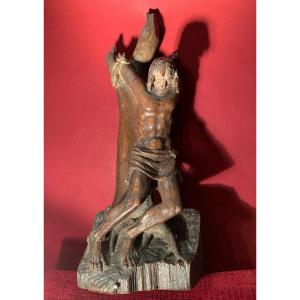

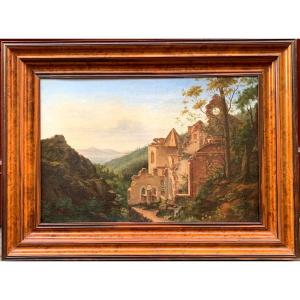

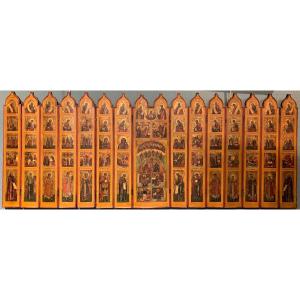
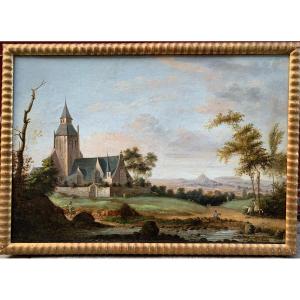



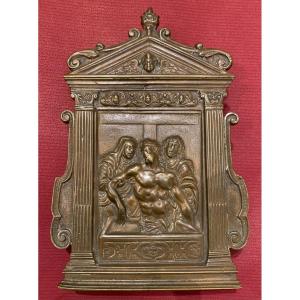

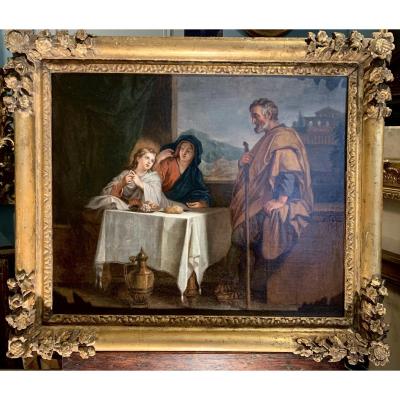
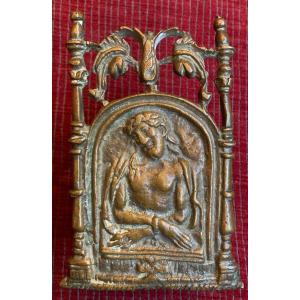
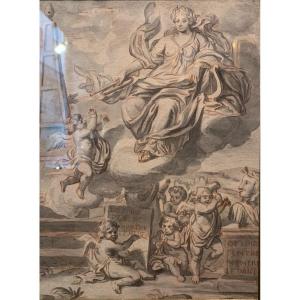

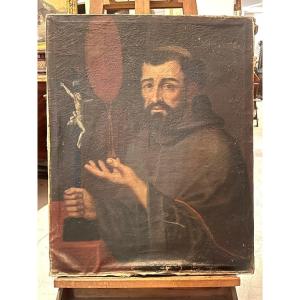






 Le Magazine de PROANTIC
Le Magazine de PROANTIC TRÉSORS Magazine
TRÉSORS Magazine Rivista Artiquariato
Rivista Artiquariato